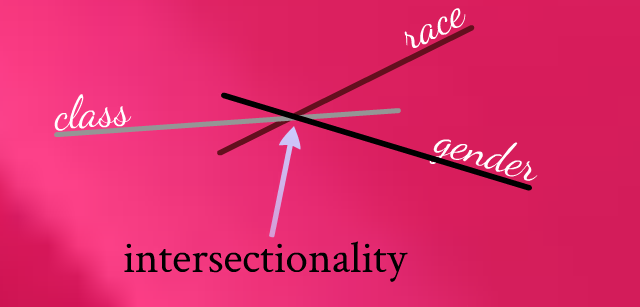Check out this great extract from Laura Bates’ book Everyday Sexism on intersectionality – specifically, how sexism intersects with other prejudices – and what feminists can do about it.
Since the Everyday Sexism Project started, many of the stories we have catalogued have described not just sexism, but sexism intermingled with other forms of prejudice – racism, homophobia, transphobia, classism, ageism, disableism, stigma around mental-health problems, and more. Again and again, we’ve heard from women in same-sex relationships being fetishised and asked for threesomes when they’re just trying to walk down the street, trans women mocked and belittled and hounded from public spaces, Asian women being labelled as “easy” or “obedient”, sex workers accused of being complicit in their own assaults, disabled women infantalised and patronised, and countless similar stories.
“Double discrimination” (or, indeed, triple or quadruple) has proved to be a major recurring theme within the project and is a crucial focus for modern feminism. Intersectionality means being aware of and acting on the fact that different forms of prejudice are connected, because they all stem from the same root of being other, different or somehow secondary to the “normal”, “ideal” status quo. So, just as women suffer from sexism because our society is set up to favour and automatically take men as the norm from which women deviate, so the same is true for people who are different from other dominant norms – such as being heterosexual, white, cisgendered and non-disabled. People also often face prejudice as a result of other characteristics, such as age, class and religious belief.
Read the full piece here.
